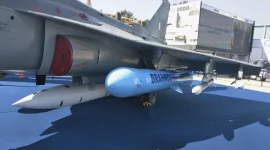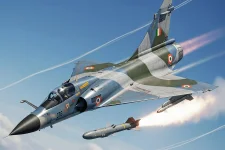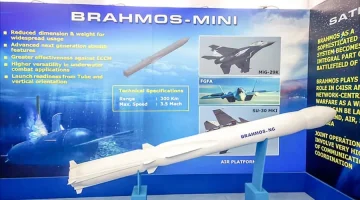- Views: 2K
- Replies: 25

India is taking a significant step to expand its defence exports by preparing to officially offer its indigenous Light Combat Aircraft (LCA) Tejas, equipped with the upcoming BrahMos-NG anti-ship missiles, to the Indonesian Air Force.
This combined offering aims to address Indonesia's critical need for enhanced maritime surveillance and defence capabilities, given its vast maritime domain.
Indonesia possesses the world's sixth-largest exclusive economic zone (EEZ), spanning over 6 million square kilometres. Protecting its maritime sovereignty and countering illegal activities within this expansive area is a top priority.
The integration of the LCA Tejas, a lightweight, multi-role fighter aircraft, with the BrahMos-NG, a miniaturized version of the renowned BrahMos missile, offers a potent solution for monitoring and defending these waters.
The LCA Tejas, developed by Hindustan Aeronautics Limited (HAL), is known for its agility, modern avionics, and cost-effectiveness. These qualities make it an attractive option for air forces seeking advanced yet affordable combat solutions.
The BrahMos-NG (Next Generation) is designed to be lighter, more versatile, and capable of being deployed from various platforms, including the LCA Tejas. This significantly enhances its anti-ship capabilities.
This "combo offer" not only showcases India's growing capabilities in defence manufacturing but also aims to foster deeper defence ties between India and Indonesia.
The BrahMos-NG, currently under development, promises a range of 290 km and a speed of Mach 3.5, offering substantial deterrent power against naval threats.
Its air-launched variant will be particularly beneficial for Indonesia, providing its air force with extended operational reach and effectiveness over its vast maritime borders.
This proposal comes at a time when Indonesia is actively seeking to modernize its military hardware to address current and future security challenges in the region. The potential strategic partnership could also lead to joint ventures, technology transfers, and further collaborations in defence manufacturing, benefiting both countries.
If successful, this deal could solidify India's position as a major defence exporter and strengthen its strategic partnerships in the Indo-Pacific region.



